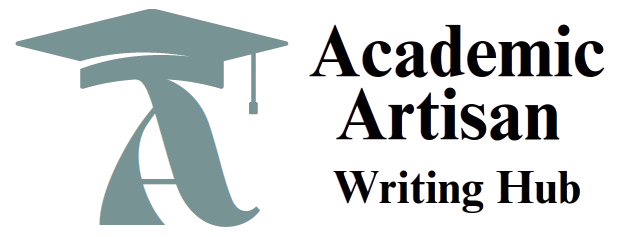WhatsApp Number: +1(249) 265-0080
AAC for Disabilities
The purpose of this discussion is for the student to demonstrate an understanding of augmentative and alternative communication (AAC).
This discussion is intended to show evidence that you have achieved or are working on the following learning objective(s):
- Describe factors contributing to communicative profiles of children with multiple disabilities.
- Describe the roles that augmentative and alternative communication plays in overall development of children with multiple disabilities.
- Describe the components of an AAC system.
- Discuss foundations of augmented language intervention and assessment that address challenges.
Directions
For this discussion, you will write about AAC, which is discussed in Chapter 17 of the textbook.
- Give a brief definition and overview of AAC.
- Create a table identifying four common myths of AAC and discuss the evidence against them. Please use your own words (don’t just lift direct quotes from the textbook).
- The written portion of your document should be about a page long, after being double spaced.
Check our essay writing services here
AAC for Disabilities
Augmentative and Alternative Communication (AAC) refers to all forms of communication—other than oral speech—that are used to express thoughts, needs, wants, and ideas. AAC systems are used by individuals with complex communication needs, particularly those with multiple disabilities that impair their ability to speak effectively. These systems can range from low-tech tools like picture boards and gestures to high-tech solutions such as speech-generating devices or specialized apps.
Children with multiple disabilities often have unique communicative profiles due to varying levels of motor, sensory, and cognitive challenges. AAC plays a vital role in their social, emotional, and academic development. It supports language acquisition, enhances participation in learning environments, and helps build relationships with peers and caregivers.
An effective AAC system includes symbols (words, pictures, or icons), tools (devices or objects used to transmit the symbols), and strategies (methods to use the system efficiently). These systems are individualized to meet the specific needs of each child and require ongoing assessment and intervention. Foundational approaches like augmented language input and partner-assisted scanning are essential to introducing AAC in meaningful and developmentally appropriate ways.
Despite its benefits, AAC is still misunderstood, and several myths hinder its adoption. The following table presents four common myths and evidence-based responses to


